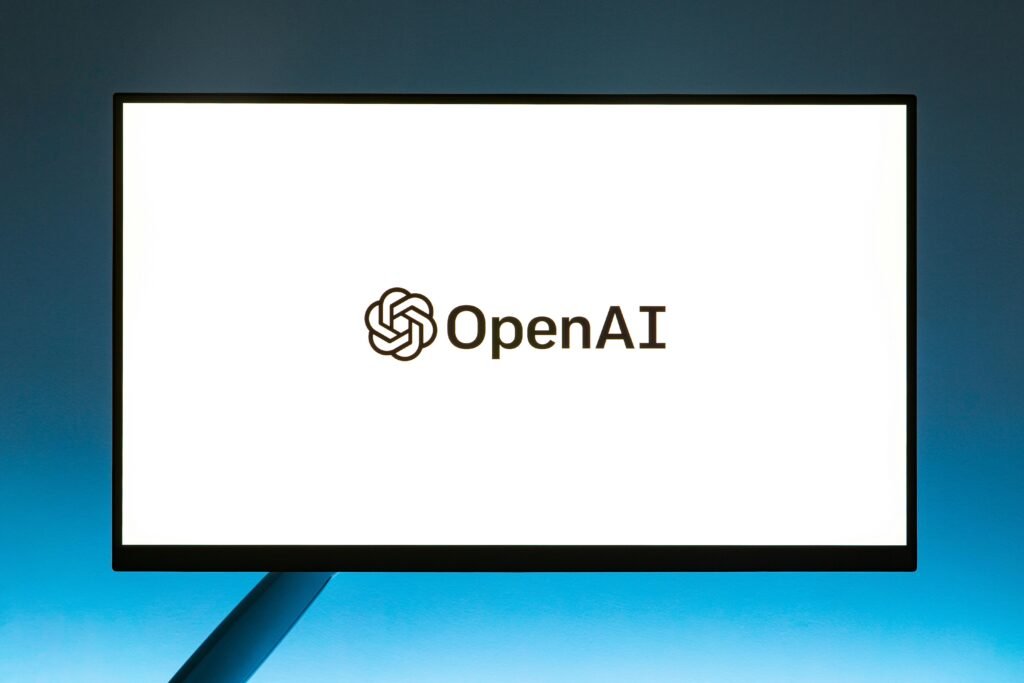In a groundbreaking move, OpenAI has announced the start of training for GPT-5, the next generation of its revolutionary language model. GPT-5 Possibly Coming promises to be a significant leap forward in artificial intelligence, building on the success of its predecessors and pushing the boundaries of what is possible with language processing. In this article, we will delve into the details of GPT-5, exploring its capabilities, potential applications, and the implications of this technological advancement.
The Evolution of GPT: From 1 to 5
To understand the significance of GPT-5, it’s essential to look at the journey of its predecessors. The first GPT model, released in 2018, was a game-changer in the field of natural language processing (NLP). It introduced the concept of a transformer-based architecture, which allowed for more efficient and effective processing of language inputs. GPT-2, released in 2019, took this technology to the next level, demonstrating an unprecedented ability to generate coherent and context-specific text.
GPT-3, released in 2020, marked a significant milestone in the development of AI language models. With its massive 175 billion parameters, it achieved state-of-the-art results in various NLP tasks, including text classification, sentiment analysis, and machine translation. GPT-3 also introduced the concept of “few-shot learning,” where the model could learn new tasks with minimal training data.
GPT-4, released in 2021, further improved upon its predecessor, with a larger parameter space and more advanced training techniques. It demonstrated an ability to understand and respond to complex, multi-step instructions, and showed promise in applications such as chatbots, language translation, and text summarization.
GPT-5: The Next Frontier
GPT-5 represents a significant leap forward in AI language processing. With a projected 1 trillion parameters, it will be the largest and most advanced language model to date. OpenAI has announced that GPT-5 will be trained on a massive dataset of text from the internet, books, and other sources, allowing it to learn and generalize at an unprecedented scale.

GPT-5 is expected to possess several key features that will set it apart from its predecessors:
-
Improved contextual understanding: GPT-5 will be able to understand and respond to complex, nuanced language inputs, including idioms, sarcasm, and figurative language.
-
Enhanced few-shot learning: GPT-5 will be able to learn new tasks and adapt to new situations with even fewer examples, making it more versatile and applicable to a wider range of applications.
-
Multimodal capabilities: GPT-5 will be able to process and generate not only text but also images, audio, and video, opening up new possibilities for applications such as multimedia generation and analysis.
Potential Applications of GPT-5
-
Chatbots and virtual assistants: GPT-5 could be used to create highly advanced chatbots that can understand and respond to complex user queries, making customer service and support more efficient and effective.
-
Language translation: GPT-5 could be used to create highly accurate and context-specific language translation tools, breaking down language barriers and facilitating global communication.
-
Content generation: GPT-5 could be used to generate high-quality content, such as articles, stories, and even entire books, revolutionizing the way we create and consume written content.
-
Multimedia analysis: GPT-5 could be used to analyze and understand multimedia data, such as images and videos, opening up new possibilities for applications such as image and video recognition, and content moderation.
Implications and Concerns
-
Job displacement: The automation of tasks such as content generation and language translation could displace human workers, particularly in industries where these tasks are a primary function.
-
Bias and discrimination: GPT-5, like its predecessors, may inherit biases and prejudices present in the training data, perpetuating and amplifying existing social inequalities.
-
Misuse and manipulation: GPT-5’s advanced capabilities could be used to create highly convincing and manipulative content, such as deepfakes and disinformation campaigns, posing a significant threat to social cohesion and democratic institutions.


